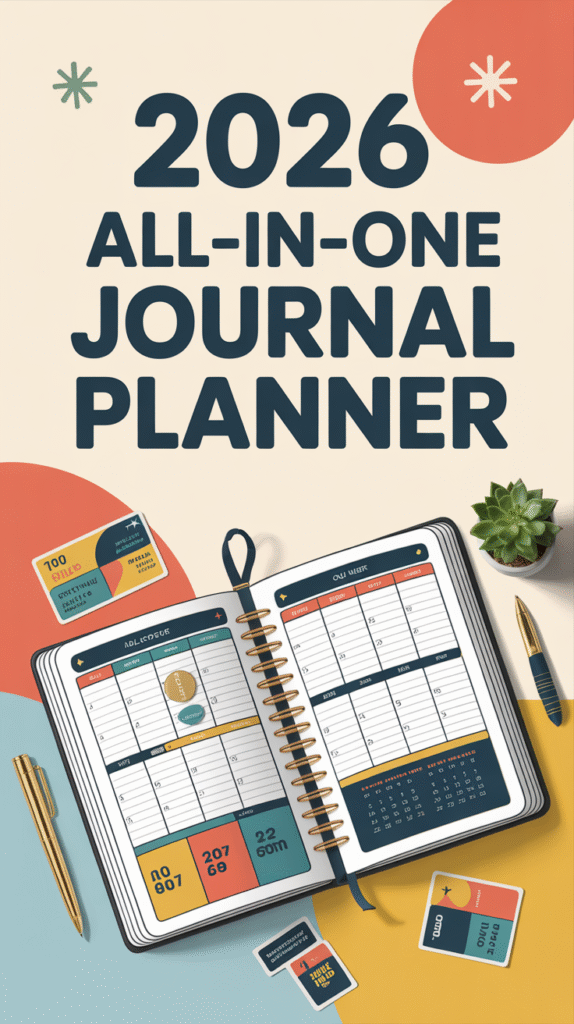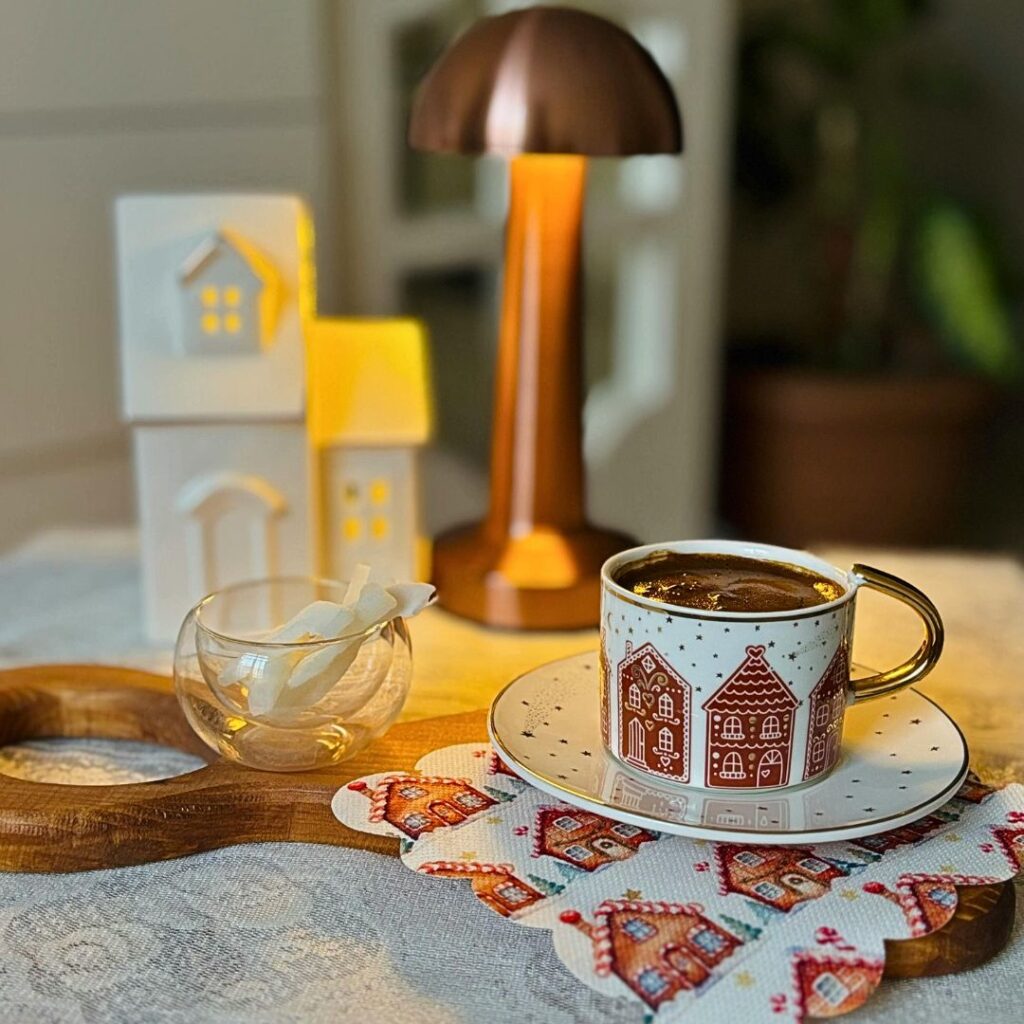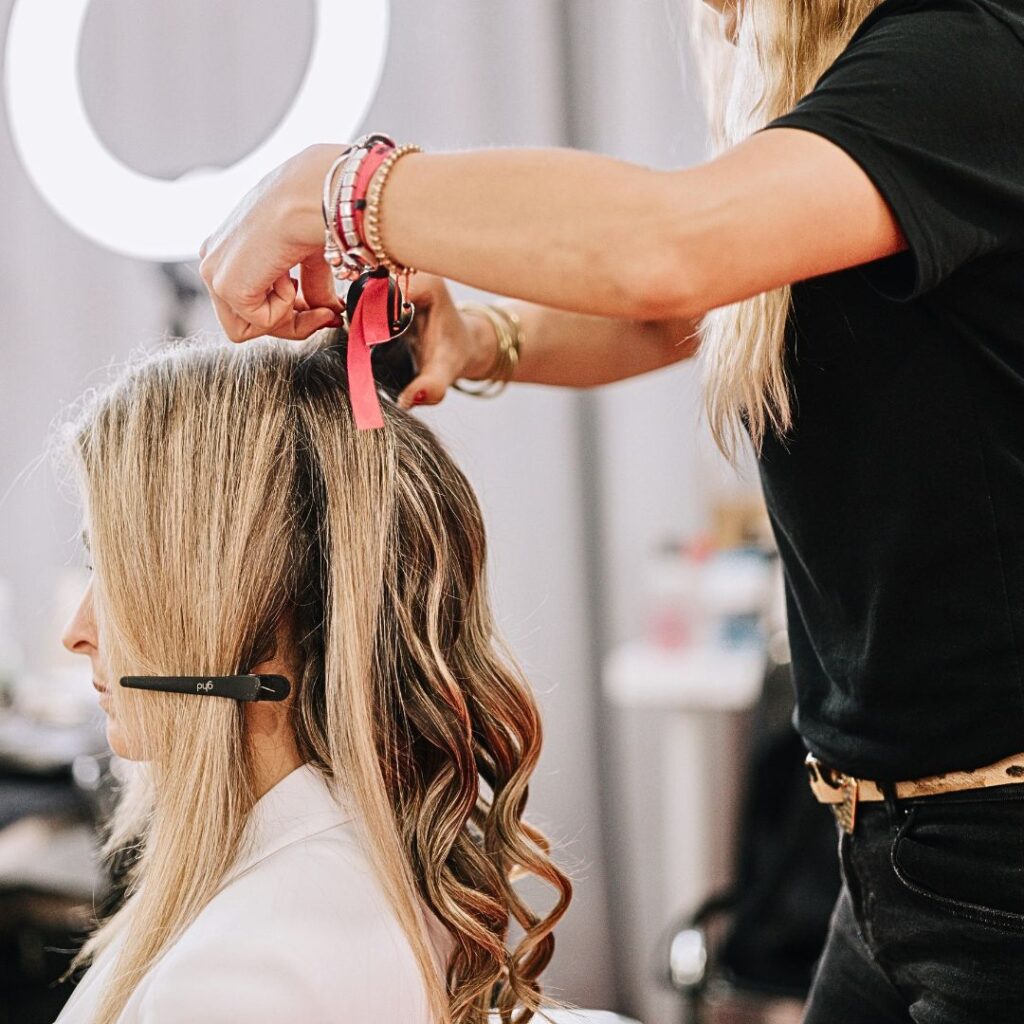Money Secrets – Things I Stopped Buying to Save Money
Have you ever thought about how much those little purchases can add up? It’s easy to overlook them, but once you start tracking your spending, it can be eye-opening.
When I first started living as a student in Canada, I quickly realized how crucial it was to manage my finances wisely, especially with the limited income from my job while trying to grow my blog.
It wasn’t always easy, and I found myself desperately searching for ways to boost my savings.
I learned that eliminating certain unnecessary expenses not only made a significant difference in my budget but also helped me focus on what really mattered.
If you’re looking to boost your savings too, you’ve come to the right place! Check out the things I stopped buying that made a big impact on my financial health.
No matter your situation, these tips can help you save some extra cash and take control of your finances.
Let’s dive in and discover how small changes can lead to big savings!
Ready to make 2026 your most productive year ever?
This compact 14-page planner gives you everything you need to stay focused, balanced, and in control — all in one place.

Here’s What Inside: 👇
✅ 2026 Calendar
✅ Goal Setting for 2026
✅ Daily Planner
✅ Weekly Planner
✅ To-Do List
✅ Financial Planner
✅ Health Planner
✅ Workout Planner
✅ Meal Planner
✅ Grocery List
✅ Study Planner
✅ Gratitude Journal
✅ Notes Section
✅ Reflection Page
Things I Stopped Buying to Save Money!
My Daily Coffee Runs

For the longest time, I told myself my daily coffee runs weren’t a big deal.
It was just a $2.20 double-double at Tim Hortons or an occasional $5 Caramel Macchiato, right?
But when I finally added it all up, I realized how much I was actually spending each month—and it shocked me.
That’s when I decided to start brewing my own coffee at home.
I invested in a simple coffee maker and found a blend I love, and now I actually enjoy my morning coffee even more.
The best part?
I’m saving a lot without giving up the habit.
And if you still crave that coffee shop experience once in a while, check out my list of cheap Starbucks drinks for your next order—it’ll help you enjoy your favorite cup without breaking the bank.
Related: 10 Genius Ways to Make Passive Money Without Lifting a Finger!
Takeout Meals

Every takeout meal I ordered felt like a treat.
I told myself I deserved it after a long day at work or a stressful week.
The problem? My spending always rose in line with my cravings.
Sometimes it exceeded my budget.
I was eating well, but I had nothing to show for it except emptier wallets and the stress of overspending.
Here’s what I changed: I started asking myself a simple question before ordering: “Does this align with what I actually value?” Not convenience alone. Not what tastes good in the moment. What truly matters to me.
It turns out that cooking at home didn’t just save money, it made me feel accomplished and help me follow my daily required diet.
I meal prep on Sundays, experiment with new recipes, and enjoy healthy meals ready for the week.
My savings account actually grows now. I’m building wealth, not just emptying my wallet on instant gratification.
And the surprising part—I don’t feel deprived at all. I still enjoy delicious meals, but I control when and how I indulge.
Related: 15 Cheapest Grocery Stores to Slash Your Food Bill!
Gym Memberships

This one hits close to home because I was a gym freak before COVID.
After the pandemic, I lost my motivation but kept paying for a gym membership I rarely used.
My schedule was so packed that adding an extra hour for workouts felt like climbing a mountain.
I’d see ads for fitness classes and feel guilty for not going enough, yet I just kept paying.
Here’s what I changed:
I stopped forcing myself into a routine that didn’t fit my life.
Instead, I started using free workout videos online and going for jogs outside.
Recently, I moved into an apartment with gym access, which felt like a small but meaningful win.
I also got honest about what I actually needed—not a fancy gym with classes I never attended, but realistic ways to stay active, feel healthy, and save money.
Brand-Name Products

I’m not brand obsessed, but I understand the allure of some name-brand items.
I’ve learned that store brands often have the same quality.
Switching to generic items has saved me a significant amount on groceries.
Try it—you might find some hidden gems!
Ready to make 2026 your most productive year ever?
This compact 14-page planner gives you everything you need to stay focused, balanced, and in control — all in one place.

Here’s What Inside: 👇
✅ 2026 Calendar
✅ Goal Setting for 2026
✅ Daily Planner
✅ Weekly Planner
✅ To-Do List
✅ Financial Planner
✅ Health Planner
✅ Workout Planner
✅ Meal Planner
✅ Grocery List
✅ Study Planner
✅ Gratitude Journal
✅ Notes Section
✅ Reflection Page
New Clothes
There are two things we ALL love… getting new clothes and finding a great deal!
Shopping during peak sale seasons has saved me so much money.
I can’t tell you how many times I almost bought something full price, so now thrifting and swapping clothes with friends is my go-to.
It’s fun, refreshing, and you can revamp your wardrobe without spending a dime!
Subscriptions I Don’t Use

I had several streaming subscriptions that I rarely watched.
I canceled the ones I didn’t need and now only keep one or two that I truly enjoy.
Reviewing your subscriptions could free up extra cash each month!
Snacks and Sodas

I used to buy snacks and sodas impulsively.
Now, I make my own at home, like popcorn or fruit slices.
It’s healthier and much cheaper!
You can easily make a batch of your favorite snacks for a fraction of the cost.
Expensive Hobbies
Since I started focusing on personal finance and mindful spending, I realized expensive hobbies were eating up a big part of my budget.
I loved hobbies that required pricey supplies, but I found free or cheaper alternatives that were just as satisfying.
For instance, I switched from craft making to writing to better my English. This is actually how this blog started, and now I make over $1,000 per month just from writing.
You can also start you blogging journey with my detailed guide on – How To Start a Blog – Beginner’s guide.
It turns out that money-making hobbies or cheap hobbies not only save money but can also bring income and personal growth at the same time.
Yes, it does mean thinking creatively and finding alternatives to the expensive options I was used to. But the results are definitely worth it.
Paying For Fitness Classes Or Coach
As I had started my fitness journey to lose weight after the pandemic, I started trying different fitness classes and exploring various routines.
At first, I thought paying for classes or a coach would keep me accountable, but soon I realized I wasn’t consistent enough to make it worth the money.
I shifted to free online fitness classes that I could do at home. Platforms like YouTube and fitness apps offered high-quality workouts for every level.
Picking the right routines helped me stay motivated and track my progress effectively.
I mix cardio, strength, and flexibility exercises to create a balanced plan that works for me.
Using these free resources has allowed me to stay fit, save money, and continue my weight-loss journey without feeling pressured by expensive memberships.
Expensive Phone Plans
If you take a moment to evaluate your phone plan, you might realize that you’re paying for features you don’t really need.
I used to have a fancy plan with all the extras (international calls and extra internet), thinking it was necessary, but it added a lot to my monthly bills.
I switched to a basic plan with Fido, and so far I’m happy with it.
It’s cheaper, covers everything I need, and works well without the unnecessary frills.
Being mindful about phone plans can save you a surprising amount of money each month, while still keeping your service reliable and efficient.
Home Decor Items

I know everyone want to make their home cozy and calming but I used to avoid buying home decor items for a long time.
Because I was running short on bills and didn’t see a reason to spend money on decoration when there were other important expenses to cover.
At that time, I was focusing solely on work-from-home essentials as I had started working on my blog from home.
This helped me save a ton of money and helped me stay on track financially.
Everntually, as my blog started generating income (you can read my first income report here), I began making changes in the way I was living.
I shifted my focus toward DIY projects to personalize my space.
It’s rewarding, and I love knowing I created something special without breaking the bank.
Remember, the goal is to enhance your home without overspending, and creating personalized decor through DIY projects can help you achieve that balance.
Related: A Guide to Calming Bedroom Ideas to Make Your Space Feel Zen!
Alcoholic Beverages
I don’t drink much, I’m more of a soda and juice guy, but going out for drinks with friends used to add up quickly as we split bills equally.
This is when I realized I wanted a way to socialize without overspending, so I started hosting potlucks at home.
Initially, it was hard as I was sharing my apartment but when I moved to my private place, it has become enjoyable while keeping things on a budget.
Hosting at home also gave me a chance to improve my cooking and baking skills.
Now, I’ve become much better cook. You can check out my crowd favourite choco chip muffins and high protein egg spaghetti.
Related: Frugal Living Guide: Yummy & Cheap Lunch Ideas for Kids!
Save On Fancy Haircuts

When it comes to managing everyday expenses, a lot of people tend to turn their heads the other way around.
“It’s just one haircut“, “I need to look professional“, “I don’t have time to cut it myself“, are the common excuses they make.
But trust me when I say this, when I was studying in a different country as a student, every penny counted.
A haircut in India would cost around 100 rupees (CAD $1.5), but in Vancouver it could be anywhere between CAD $25-40 depending on the location I was living.
At that time, I was earning minimum wage, CAD $16.65 per hour, and if you have lived near or in Vancouver, you know how expensive rent is.
Taking haircuts or shaving every 3 weeks or monthly would have cost me a fortune.
That is why I changed my hair routine from monthly to once every 2 or 3 months.
But fast forward today, I still look presentable while saving money.
That’s the beauty of making small, intentional changes.
Being smart about spending in small areas gives you freedom for bigger goals.
And when it comes to money, even little adjustments can make a huge difference!
Related: 16 Proven Frugal Living Tips to Help You Save More Every Day!
The Gadgets I Thought I Needed (But Really Don’t)
I am not gonna deny but I purchased a smart juicer during the pandemic because I had gained over 30 kgs and wanted to cut weight; it seemed like the perfect tool to make healthy mornings effortless.
But looking back, I rarely used it, and it mostly ended up sitting on the counter, collecting dust.
I cannot recommend rushing into gadget purchases enough, especially if they are trendy or marketed as “must-haves.”
So I’ve decided to only buy gadgets that I know I’ll actually use regularly, and I take a few days to think it over before purchasing anything new.
There is a whole set of things I’ve realized about spending and lifestyle (again) that I need to adjust.
And honestly, I’m relieved!
Instant Gratification Purchases
I’ve always heard the saying, “Never go to the market on an empty stomach, or you’ll end up buying things you don’t even eat,” and that stuck with me when it comes to spending money.
Getting control over impulse purchases begins by giving yourself a pause before making a decision, which is crucial for avoiding regret and unnecessary spending.
Start by waiting at least 24 hours before deciding to buy something, especially if it wasn’t planned.
This simple step helps you determine whether you truly need or genuinely want the item.
Before making a purchase, take a moment to think about your budget, the usefulness of the product, and whether it adds real value to your life.
To increase your financial mindfulness, consider writing a quick pros and cons list or checking if you’ve wanted the item for a while rather than just in the moment.
